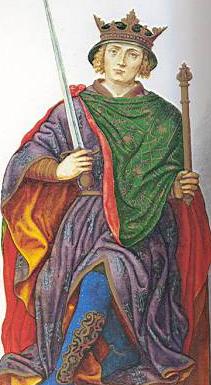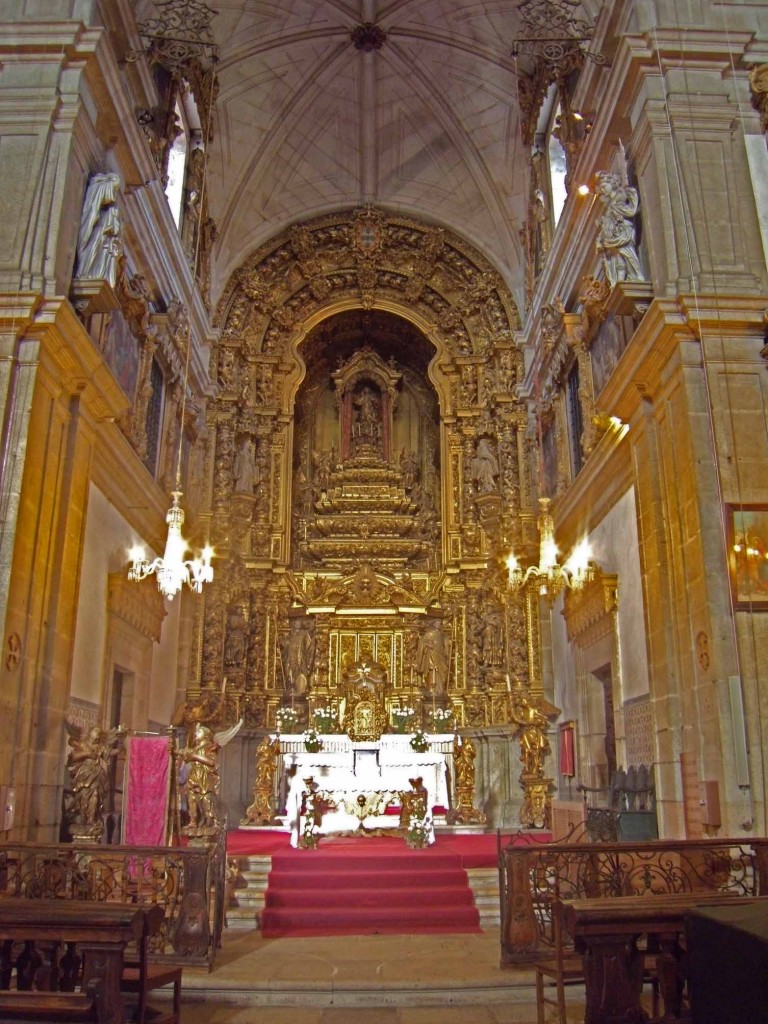St. Mafalda of Portugal
In the year 1215, at the age of eleven, Princess Mafalda (i.e. Matilda), daughter of King Sancho I of Portugal, was married to her kinsman King Henry I of Castile, who was like herself a minor.

Henry I of Castille, the son of Alfonsus VIII called the Noble. His marriage to St. Mafalda was annulled.
The marriage was annulled the following year on the ground of the consanguinity of the parties, and Mafalda returned to her own country, where she took the veil in the Benedictine convent of Arouca.
As religious observance had become greatly relaxed, she induced the community to adopt the Cistercian rule. Her own life was one of extreme austerity. The whole of the large income bestowed upon her by her father was devoted to pious and charitable uses. She restored the cathedral of Oporto, founded a hostel for pilgrims, erected a bridge over the Talmeda and built an institution for the support of twelve widows at Arouca. When she felt that her last hour was approaching she directed, according to a common medieval practice, that she should be laid on ashes. Her last words were, “Lord, I hope in thee.” Her body after death shone with a wonderful radiance, and when it was exposed in 1617 it is said to have been as flexible and fresh as though the holy woman had only just died. Mafalda’s cultus was confirmed in 1793.
[A notice of Mafalda, compiled mainly from late Cistercian sources, will be found in the appendix to the first volume for May in the Acta Sanctorum. An account of her, with her sisters Saints Teresa and Sanchia, is also contained in Portugal glorioso e ilustrado, etc. by J. P. Bayao (1727).]
Butler’s Lives of the Saints, Herbert Thurston, S.J., and Donald Attwater, eds. (New York: P. J. Kenedy & Sons, 1956), Vol. II, pp. 219-220.












